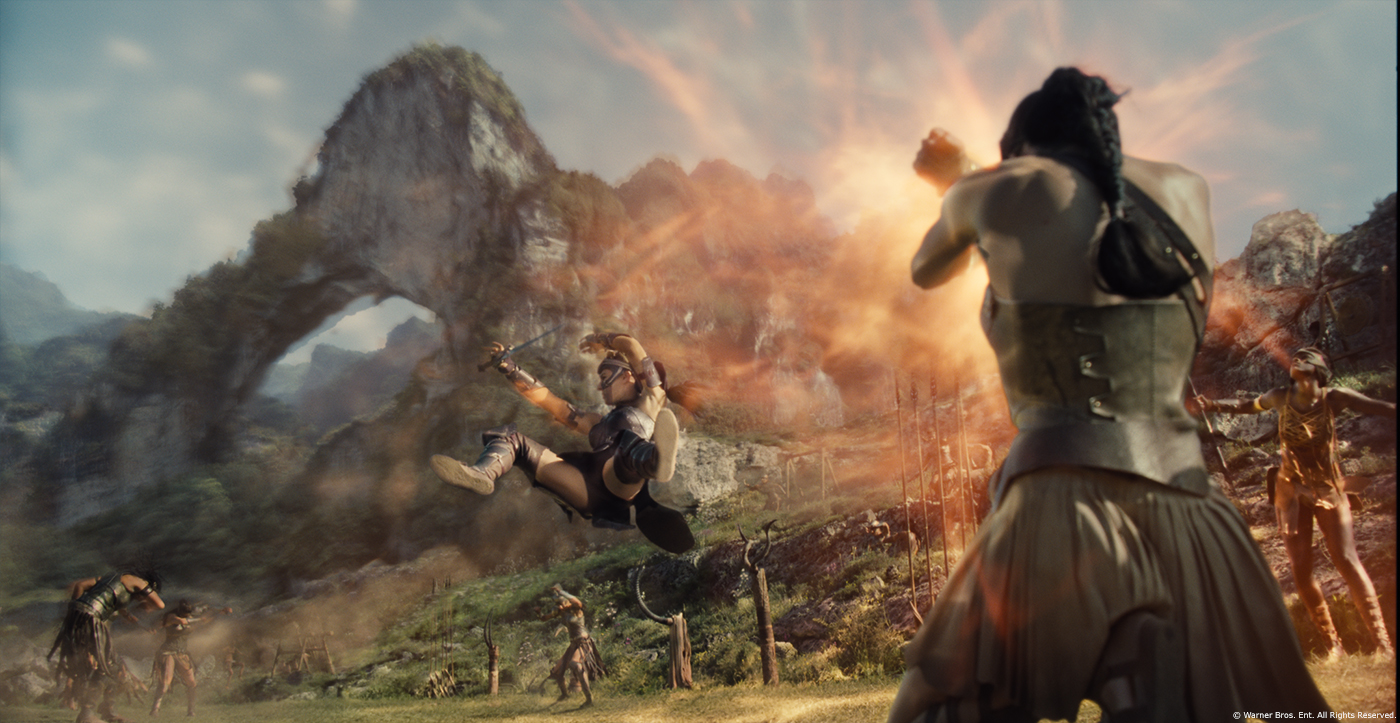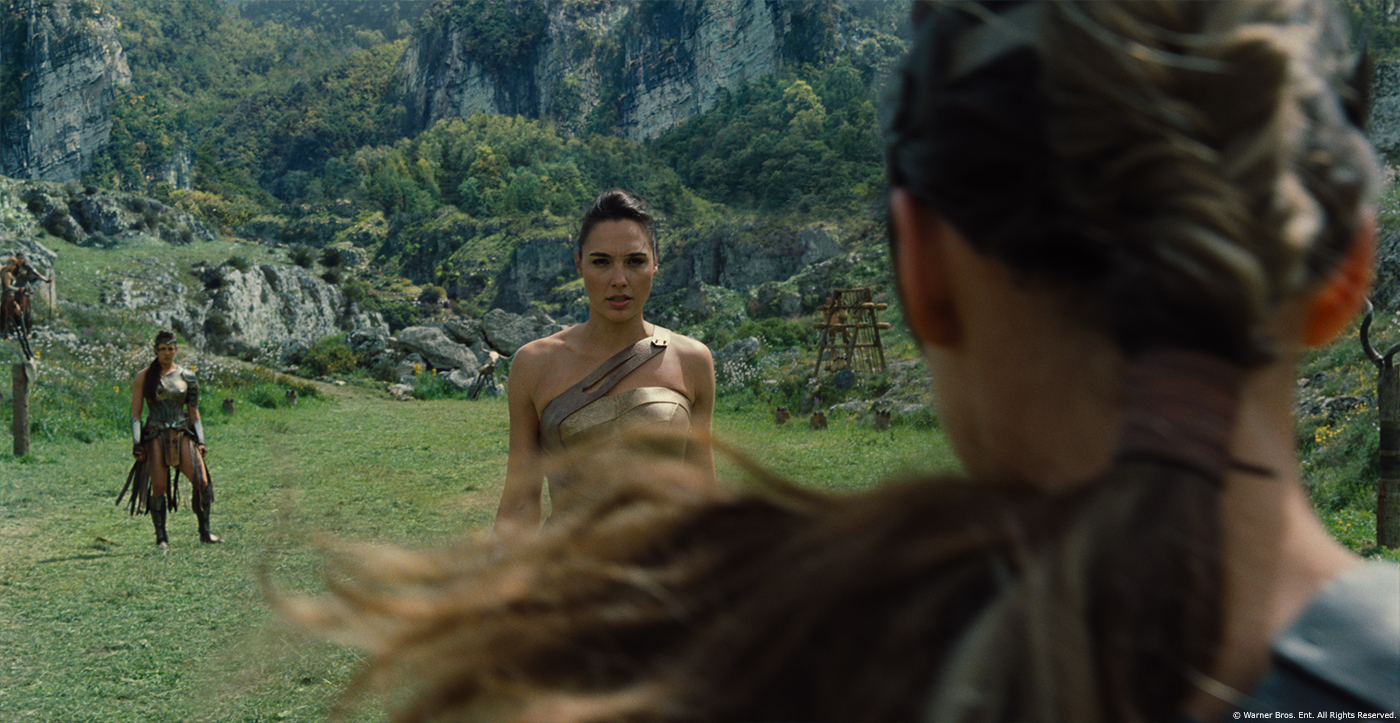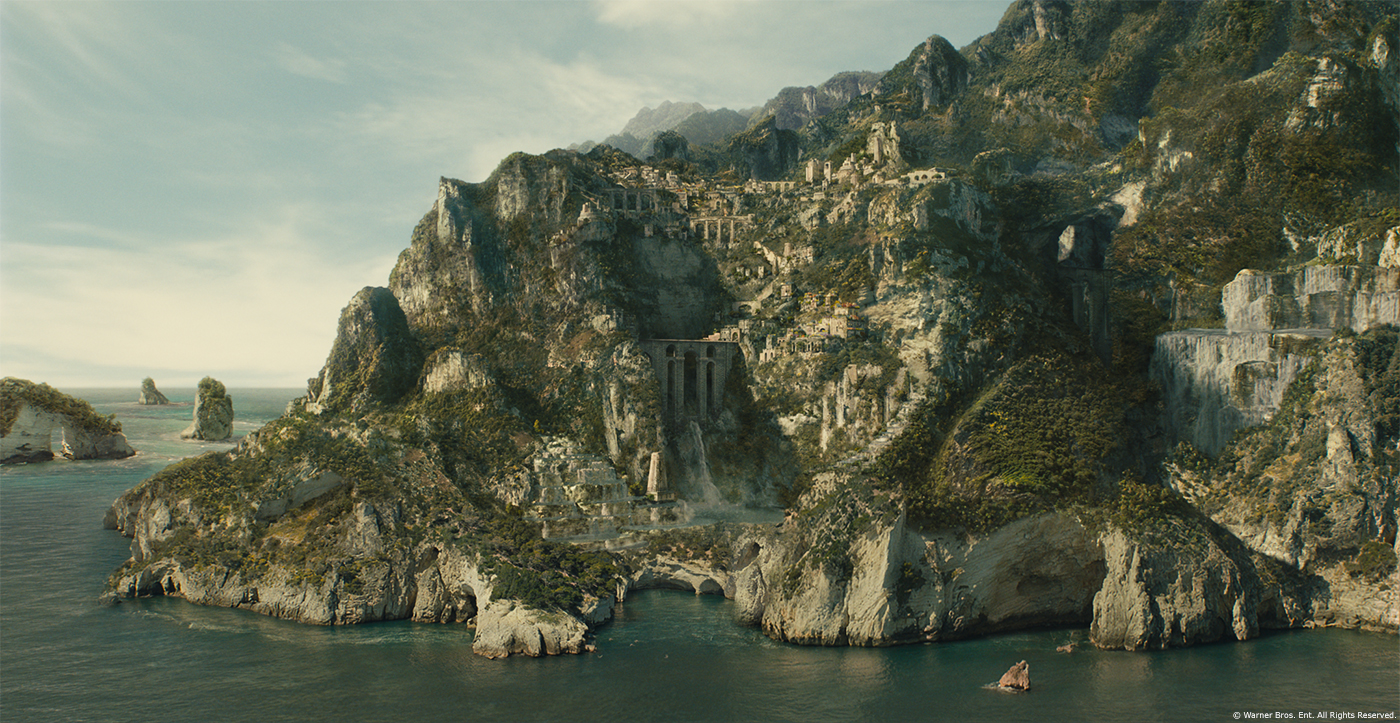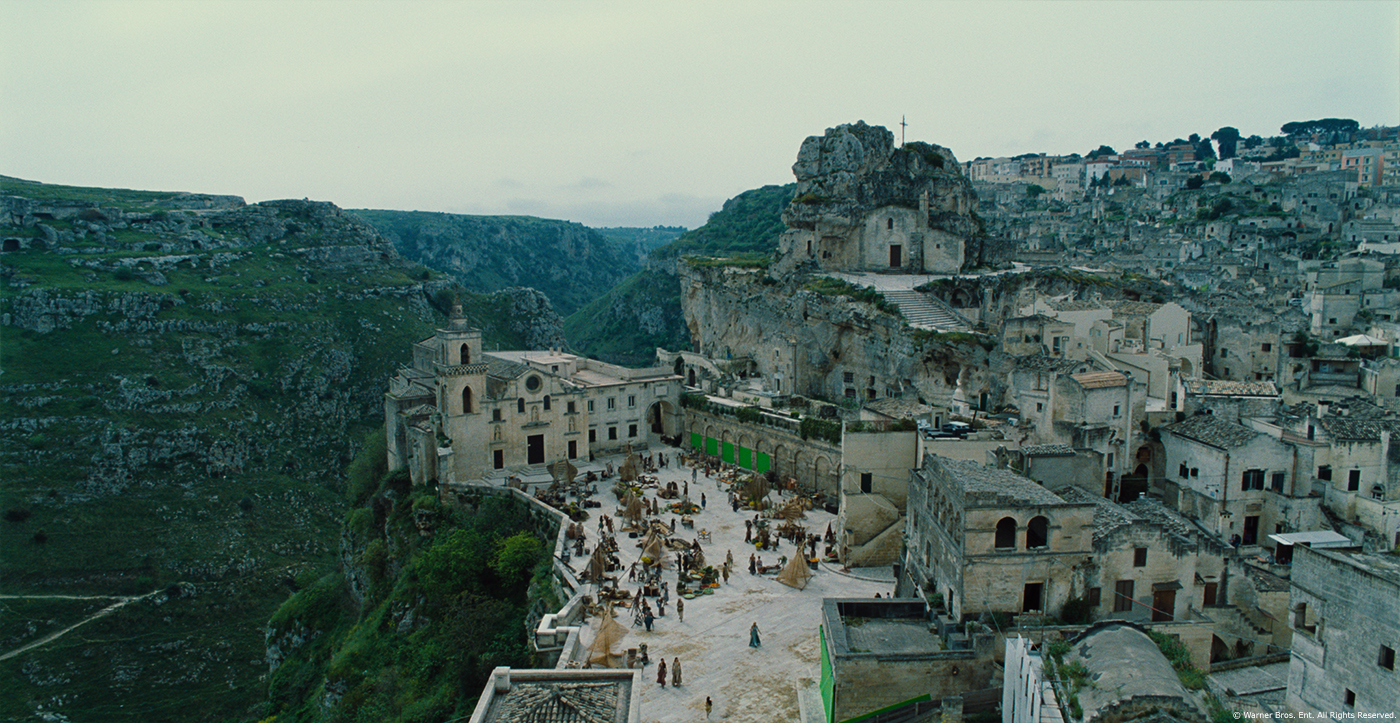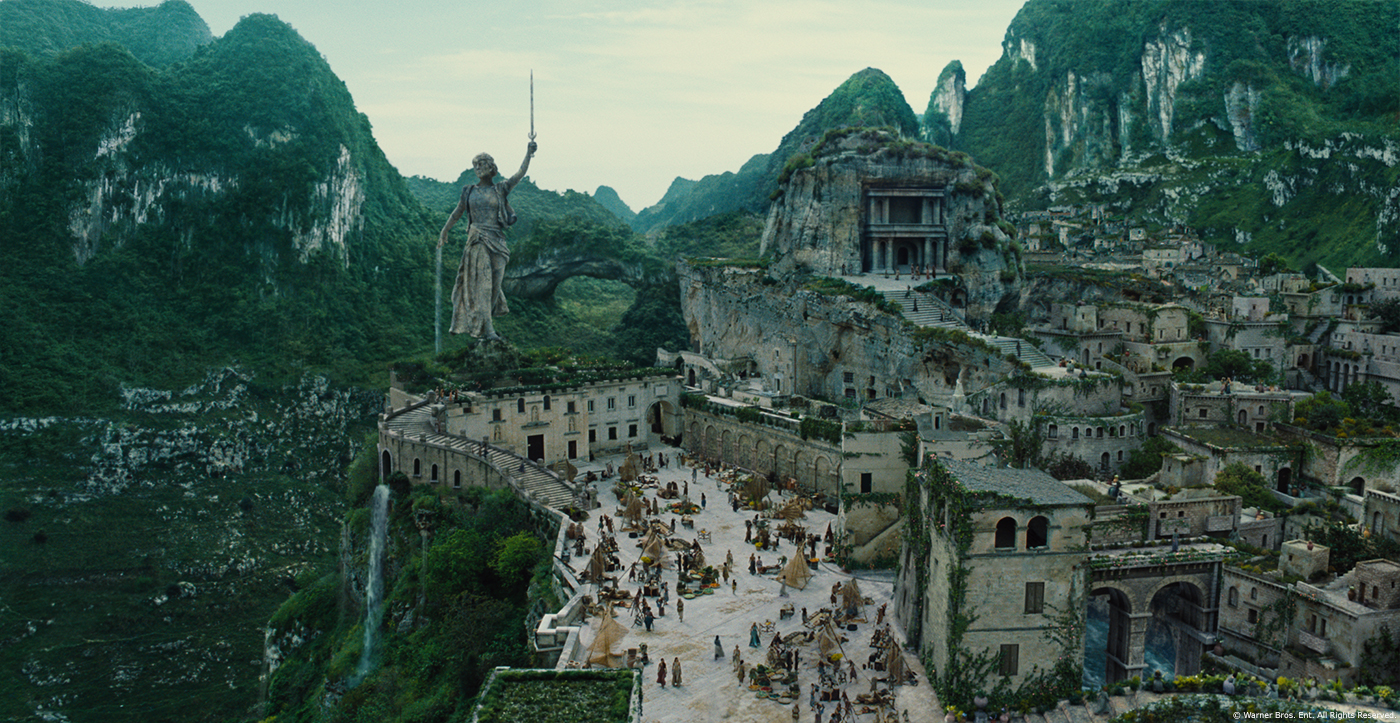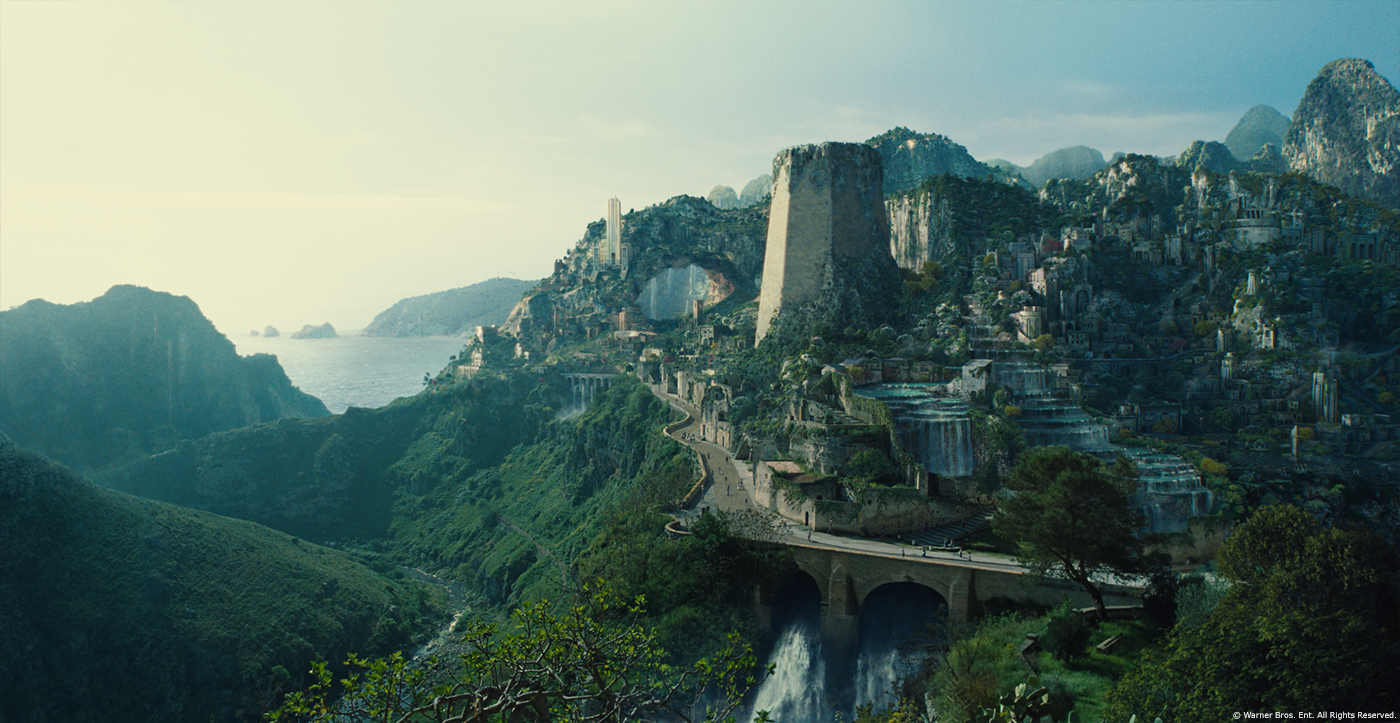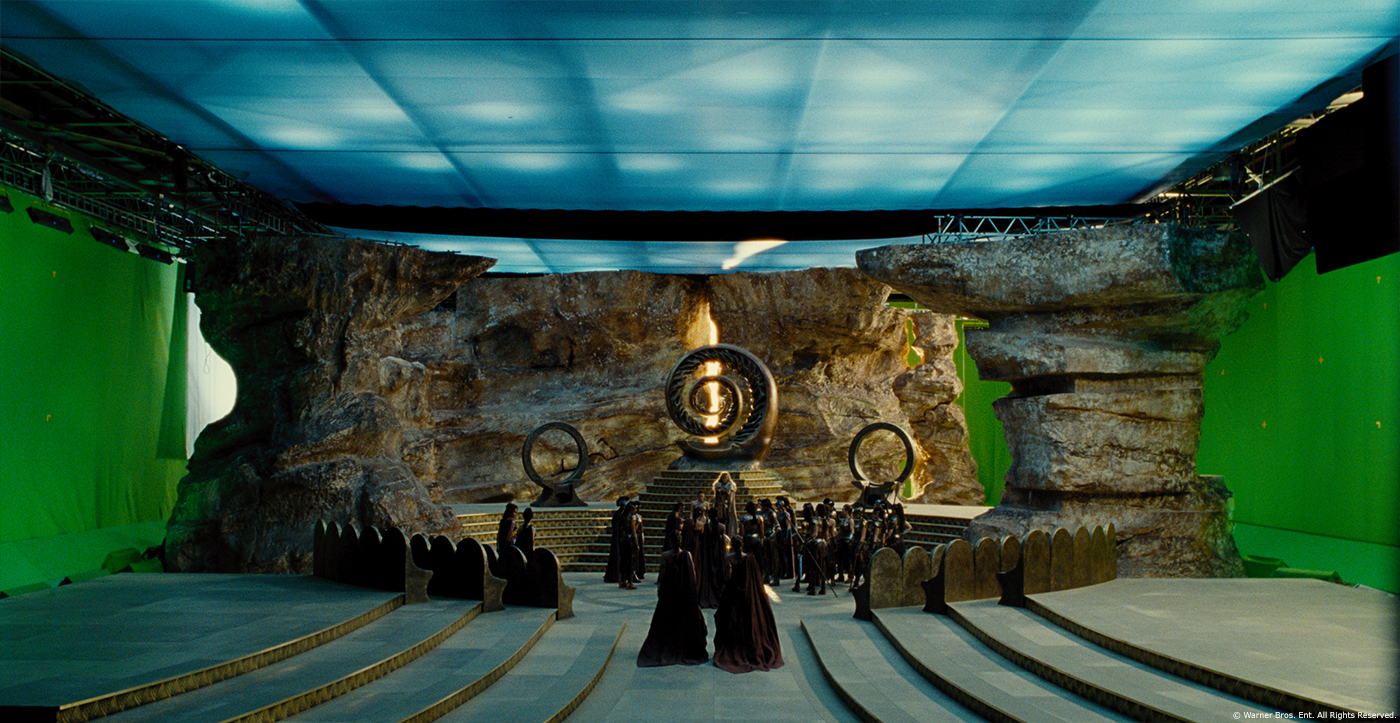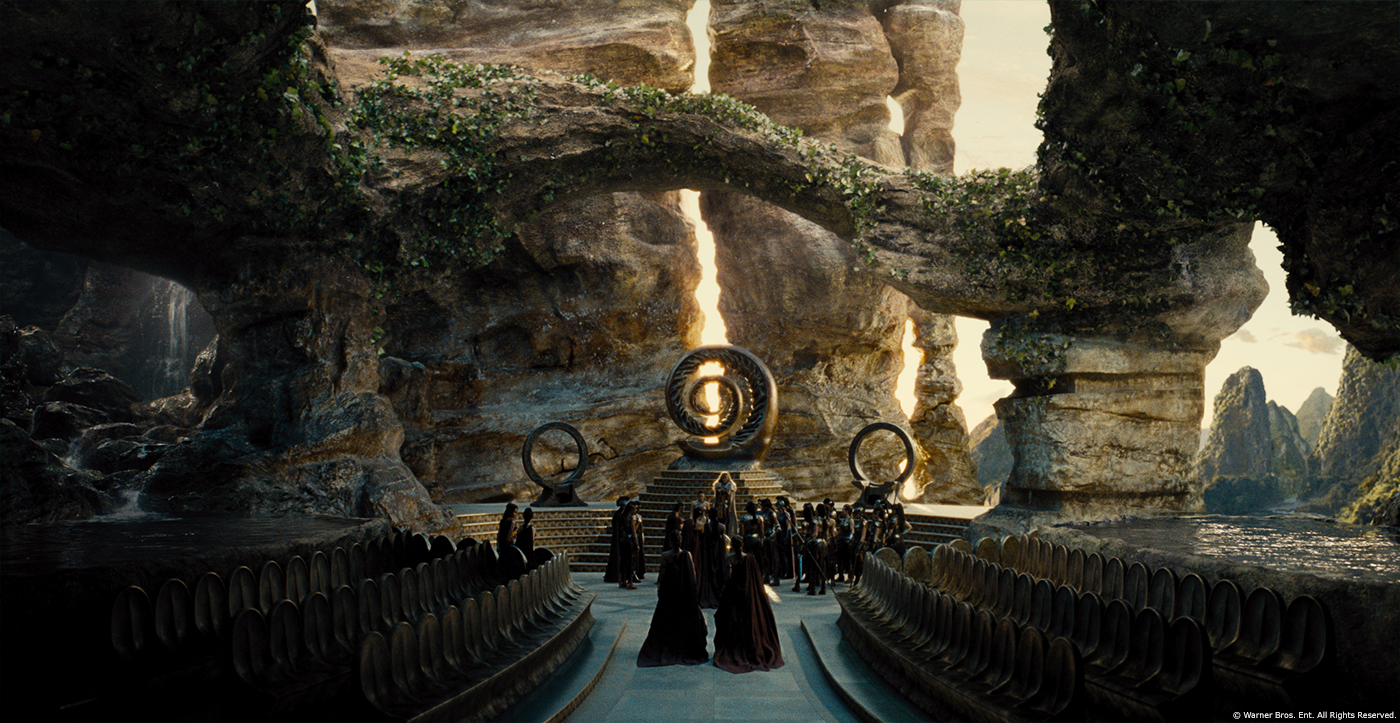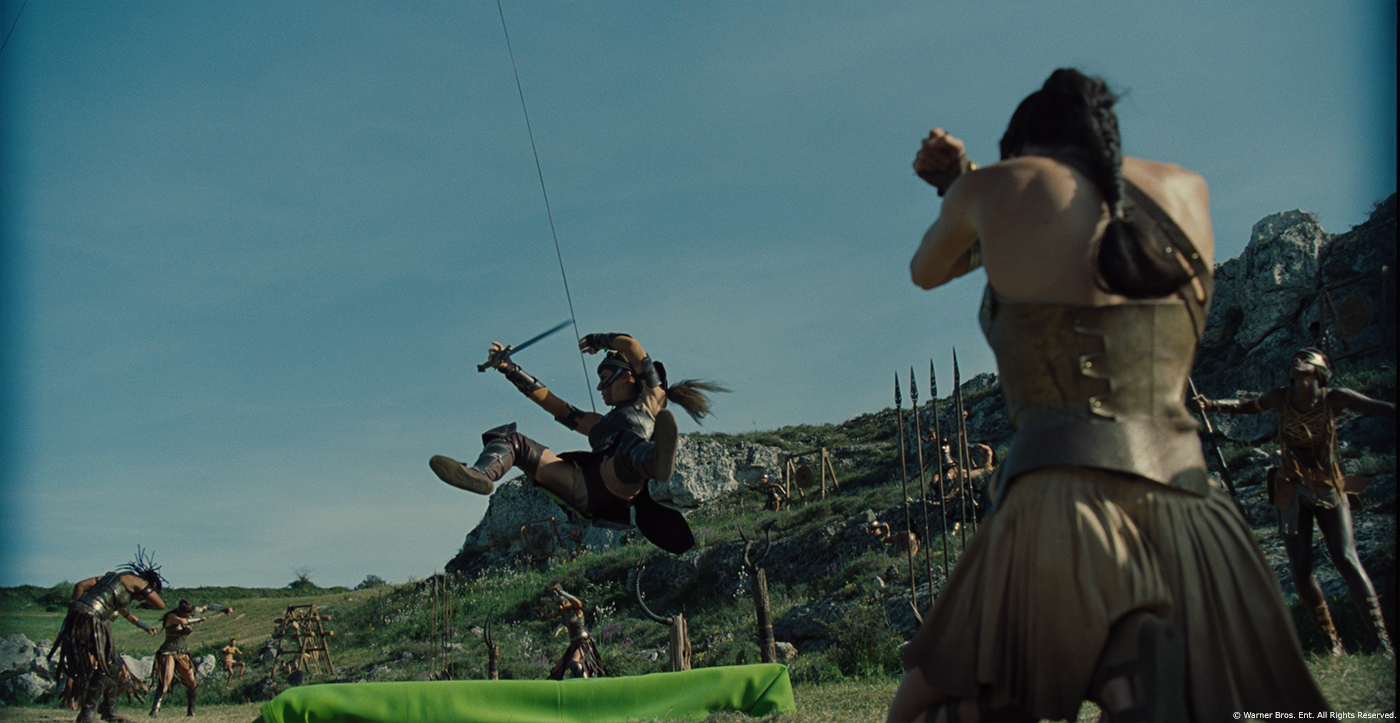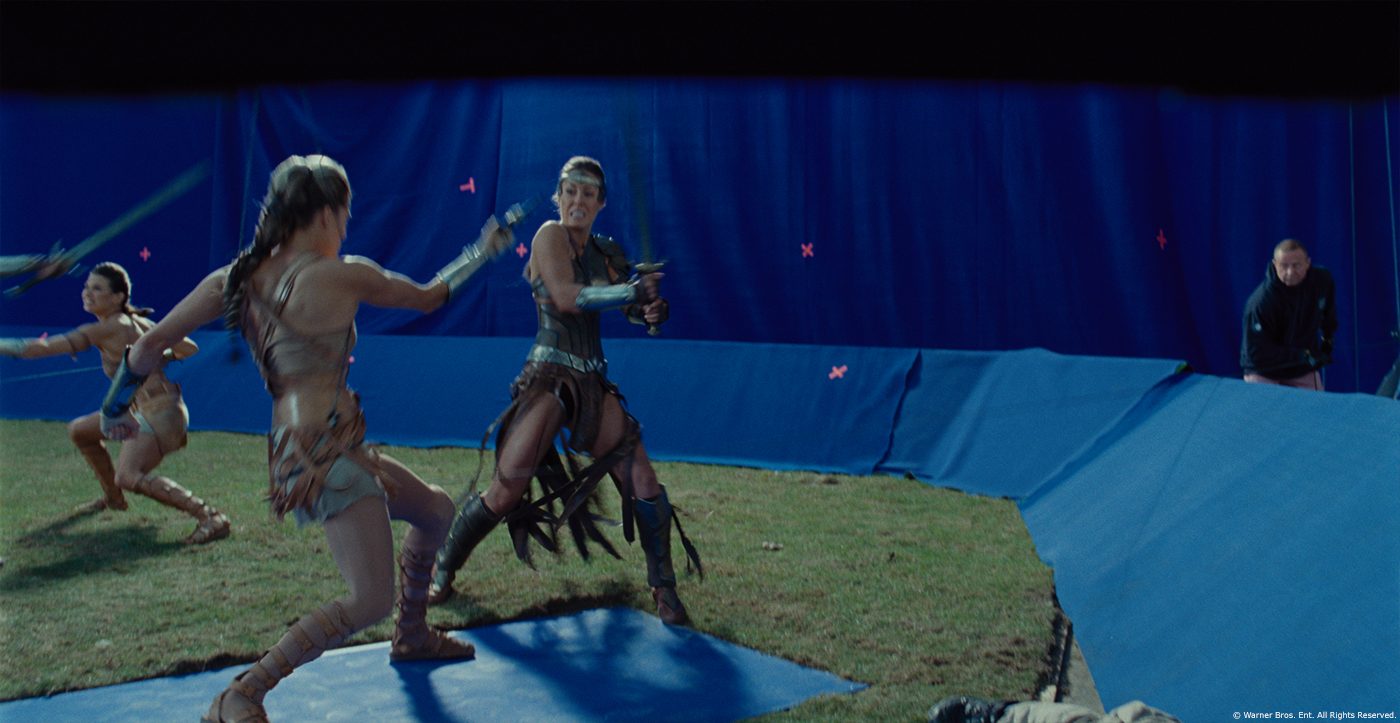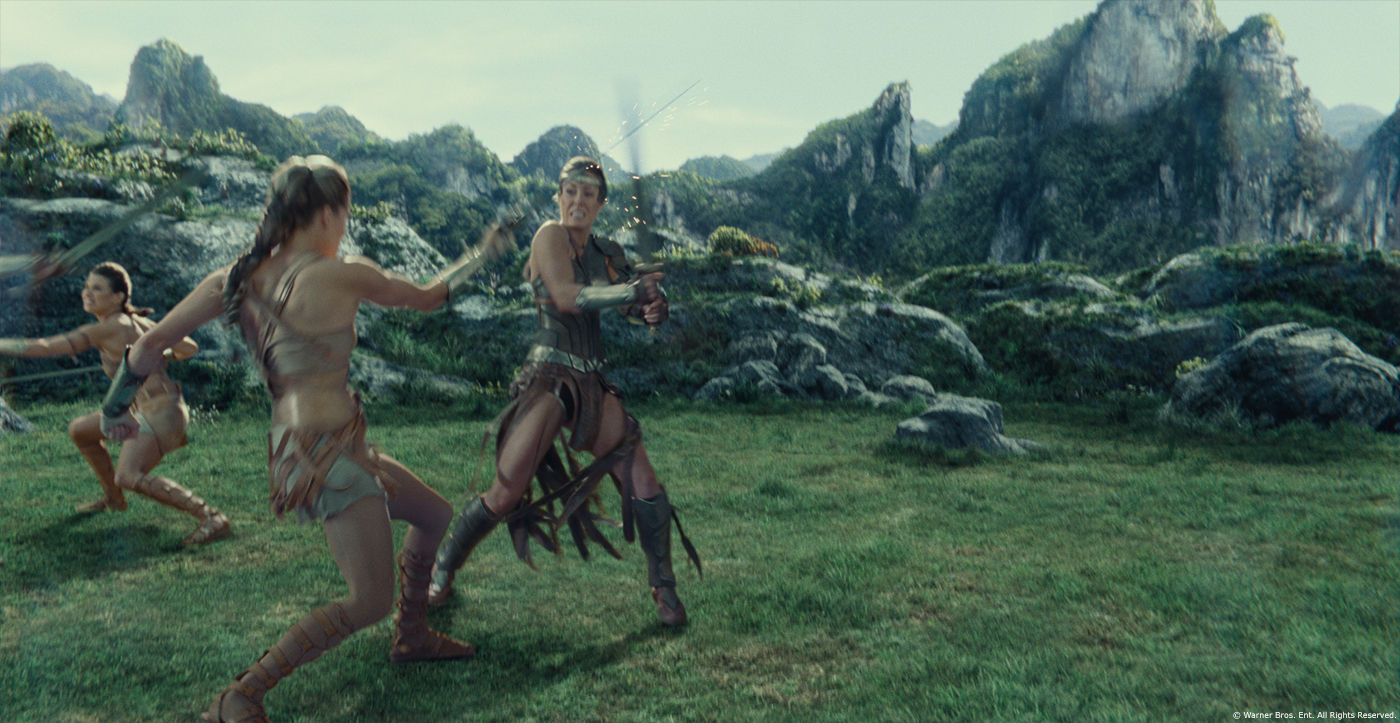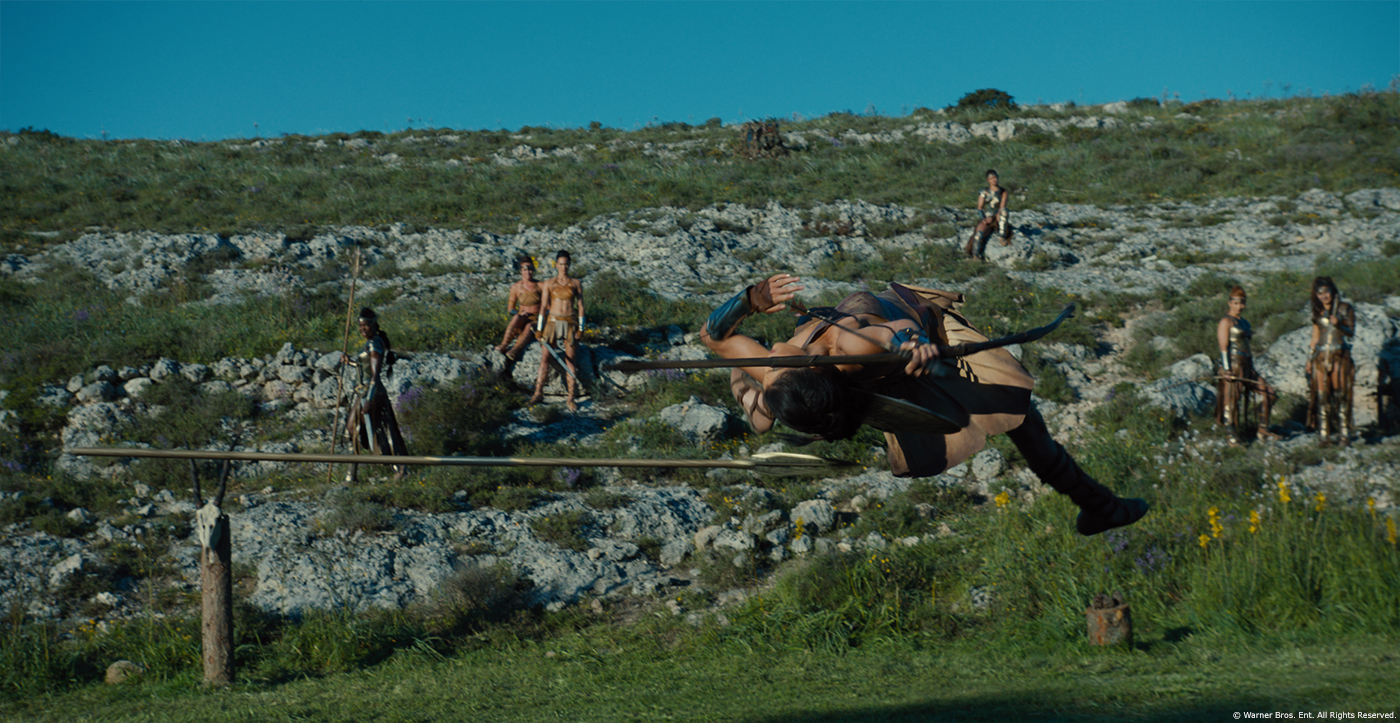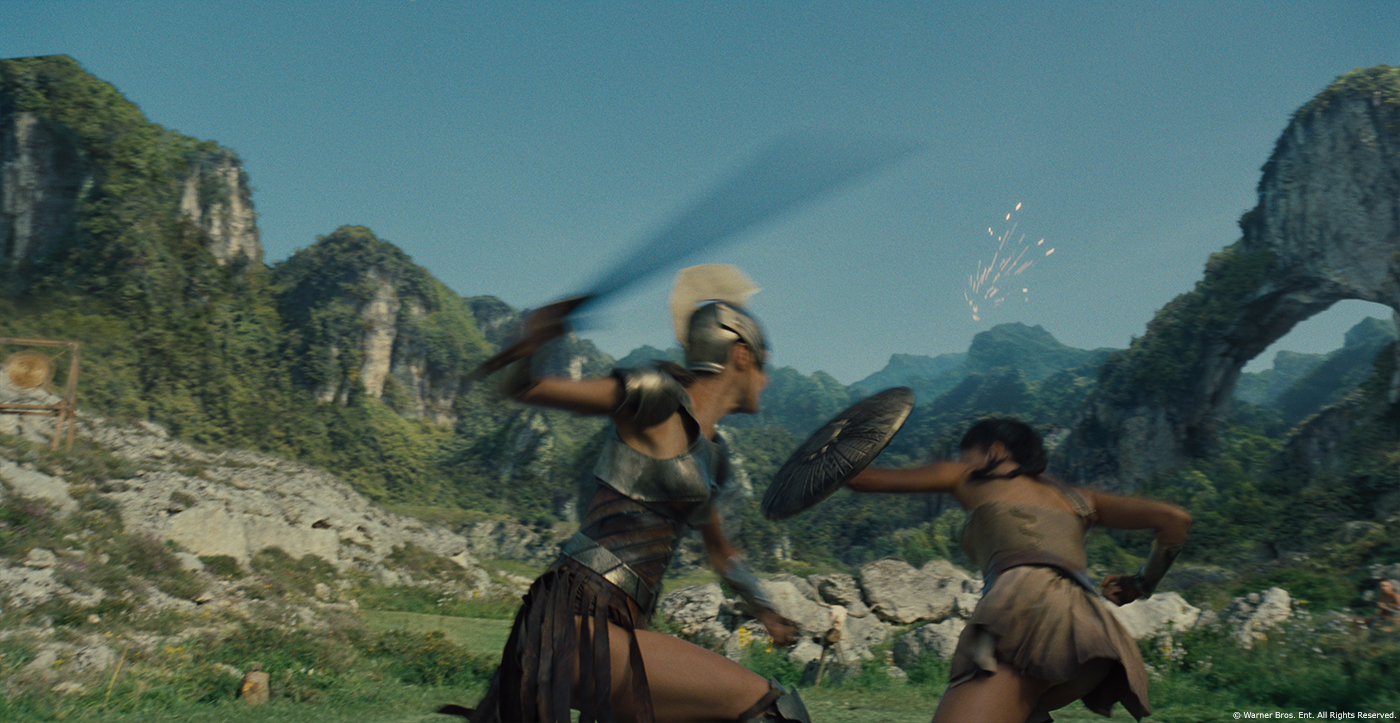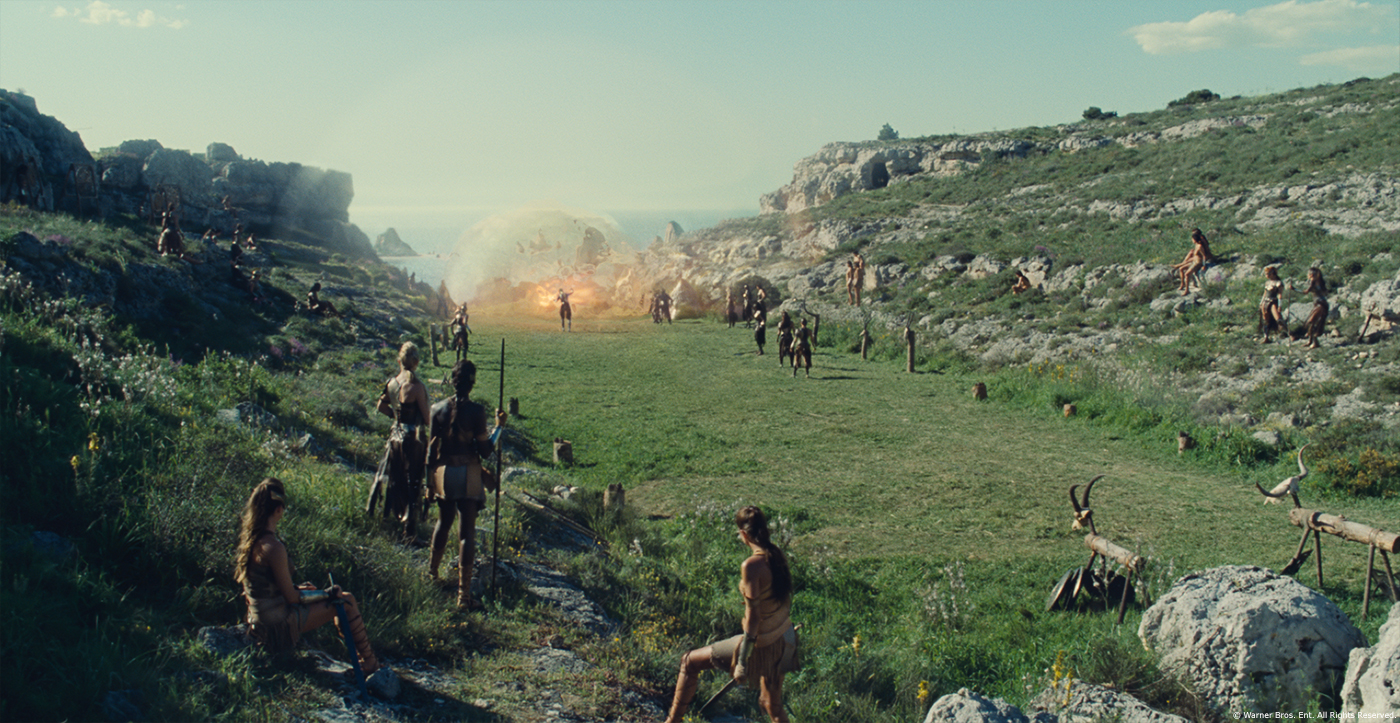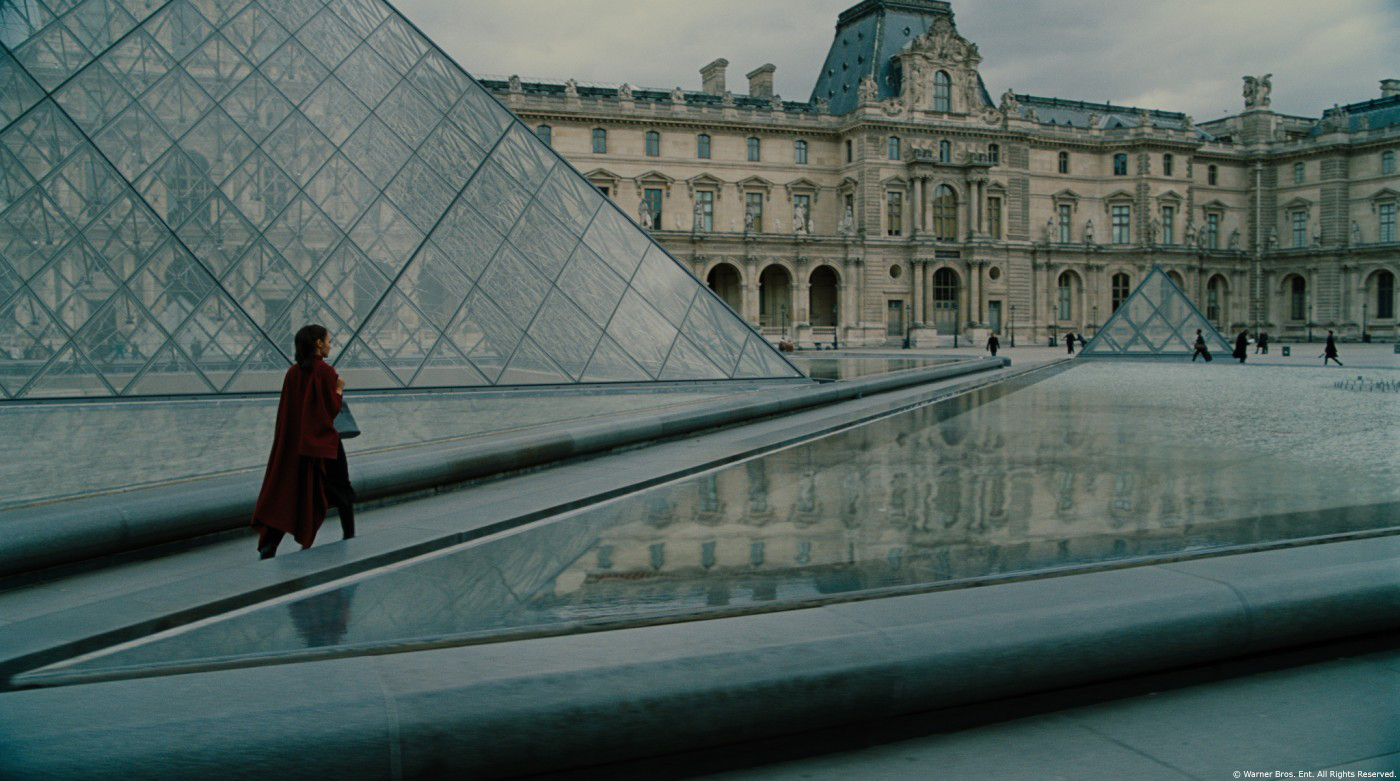In 2015, Alex Wuttke explained to us about the work of Double Negative on ANT-MAN. Then he worked on SPECTRE.
How did you and Double Negative get involved on this show?
We became involved early on in preproduction. We had initial meetings with Bill around the makeup of the work and were keen to get involved further.
How was the collaboration with director Patty Jenkins and VFX Supervisors Bill Westenhofer and Frazer Churchill?
Patty is a fantastically creative and collaborative person to work with. She was always very open to ideas and consistent in what would and wouldn’t work within her movie. Bill and Frazer are both very experienced in films of this scale, so helped facilitate our approaches to the work.
What was their approaches and expectations about the visual effects?
We were given largely free reign to apply certain methodologies to the work, as long as the results tallied with their expectations of quality and consistency. The partnership was very much a collaborative one.
What are the sequences made by Double Negative?
We worked on the majority of Themyscira, including the establishers, training, throne room, armoury tower and final training sequences. We also worked on the departure from Themyscira and London arrival sequences as well as the Final battle. We also provided the opening shot of the push in to Paris.
How did you organize the work at Double Negative?
We split the work between our Vancouver and London offices, with London working on the Final Battle and Paris shots, and Vancouver working on the Themyscira sequences. Ken Dailey produced for us in London, with Steve Grover producing in Vancouver.
Themyscira is a beautiful location. Can you explain in detail about its creation?
We had many discussions with Patty around the aesthetic for Themyscira. The shooting locations on the Amalfi coast and the old town of Matera provided the inspiration in terms of a look and feel, and their qualities were fused and built on top of to create Themyscira. Vegetation was also an important aspect, with a desire to have the Amazonians feel in unity with the nature surrounding them. We started with concept work over the top of plates, and then switched to 3D builds of Themysciran architecture which could be used to populate plates. We used Matera as a template for how the architecture would be hewn from the living rock as a guide for how the city would appear.
Whilst on location, we would harvest as much material as possible, shooting texture reference, panoramas and detail, to be added later into our environments. We also sent a photographer to China to capture high resolution photography of specific mountain ranges and detail for use in building out the backgrounds of our shots, to further lend the environments an other worldly, exotic feel. Zoe Cranley, our CG Supervisor in Vancouver, handled the build and assembly of Themyscira, whilst Brian Connor, our Vancouver 2D supervisor, handled integration with live action plates.
How was filmed the scenes at Themyscira?
We shot in Italy for all the Themyscira scenes. The Amalfi coast was used for training sequences and young Diana’s early conversations with the Queen overlooking the ocean, and Matera for the chase through the city as well as the training sequences.
Which place in Themyscira was the most complicated to create and why?
The Armoury tower establisher was challenging in terms of embedding a very martial structure into the established aesthetic of Themyscira. A lot of design work went into making sure the two qualities could co-exist.
During a training session, Diana discover a part of her powers. How did you created the big blast?
The blast was largely a 2D affair. We basic 3D geo to set the footprint of the blast within the shots, then used elements to lend the blast a photographic quality. We augmented with FX particle passes to provide the ground interaction.
Can you tell us more about the Golden Lasso of Truth?
We had a practical interactive lighting lasso during the shoot which would provide some lighting onto our characters. We would then replace this with a CG version of the lasso in post. adding additional lighting where appropriate. We also added digital warps to the plates to get a better sense of constriction of the lasso around our characters.
The Amazones have a fight against the soldiers. How did you created the various digi-doubles?
We sent all our cast members and stunt players through a scanning process during the course of the shoot and used this scan data to create digi-doubles. We spent a lot of time up front on achieving the best quality doubles we could knowing that they would come into play a great deal in post. Wonder Woman herself was given a great deal of scrutiny since we would be using her digital-double for face replacement as well as up close digital stunt work. We gave her a full muscle system to achieve the right look.
How did you enhanced the various fights?
Damon Caro was our 2nd Unit director on this movie, and is a very accomplished stunt coordinator as well. He choreographed the fights with his team and used stunt doubles in place of the main actors for certain beats. We would then do face replacements and in some cases body augmentations to get a better match with Gal. Gal also did a lot of fight work for hero moments, and we employed a few transitions into full digi-double from the live action performances, and sometimes back into live action as well. This bookending with live action allowed us to blend closeup performances into gravity defying stunt work and back again.
Many slow-motion shots happens during this sequence. How did you manage them and how does that affects your work?
We used the Phantom Flex camera for a lot of our work, which gave us the ability to ramp down into slow-motion dynamically through shots. The Phantom comes with its own challenges in terms of colour space and format which we had to overcome to integrate the elements into our work. The re-speed information was given to us by production editorial, and we would match those curves for the finished comps.
Themyscira is hidden behind a magical barrier. Can you tell us more about it?
The barrier was intended from the outset as a one way thing. From the inside (Themyscira), you would just see unbroken horizon. From the outside you would just see a wall of fog. For the scene of Diana’s departure from Themyscira, we used FX volumetric effects for the pull back through the wall of fog.
During the final sequence, there is a big fight between Diana and Ares. How did you approach this fight?
We shot the sequence over a series of night shoots at two airfields in the UK, and then affectional work on stages at Leavesden. The airfield locations were combined digitally and augmented for wide shots, with a fully cg airfield created for some wide shots and shots authored after shooting had wrapped. We also generated various WW1 era vehicles to populate the airfield with, some of which were rigged for destruction. Ares himself, when in full armour mode, was a fully digital creation, and we shot David Thewliss on a multi camera array to generate elements for his face within the mask. Wonder Woman was a mix of Gal, stunt double and digi double. We invested a lot of time up front in creating an environment and characters that would hold up to close scrutiny, knowing that the cut would be fluid up to the final stages of the schedule, and we would need to at times come up with new shots after principle photography was completed. Having this flexibility meant that we could get out of sticky continuity positions effectively if needed. Joel Green, our CG Supervisor, looked after the logistics of the airfield build and shot assemblies, whilst Dan Rauchwerger, the comp supe, handled the matching of CG environments to their live action counterparts.
During this fight, Ares creates his armor. Can you explain in details about its creation?
We designed Ares from scratch, spending time in concept performing iterations in design until we’d hit upon the desired look. We then went into build, creating a fully CG version of Ares, with articulated armour. We designed the armour to appear as if made from elements of the battlefield to sell the fact that he generates his armour from items lying around him. We did sims in Houdini to have the armour wrap around him in stages and then fuse together, whist retaining a sense of being made from multiple elements.
How did you manage the rigging and animation of Ares and Diana?
Ares rigging was challenging in that his armour, whilst constructed in rigid plates, needed to allow for a lot of movement. We designed this allowance into his armour, knowing the range of motions he would need to go through. Wonder Woman’s digital double was challenging in that she had a very pronounce physique that would need to pass scrutiny. We spent a long time on her muscle systems to get the desired look. Her muscles also influenced her look, since they would provide shaping and definition in her arms and legs for plays of specular reflection across her skin tones. Her hair also provided challenges in that its long and free moving. In the end we used quite a lot of simulation work to achieve the correct motion in shots. Animation for both characters ended up being a mix of motion capture and keyframe animation. We took a mocap volume to Leavesden and captured a range of motions with stunt performers, directed by Patty and Damon, and supervised by Ben Wiggs, our animation supervisor. This library of motions formed the basis for the eventual work, and was extended with keyframe animation where appropriate.
Did you received specific indications and references for Ares?
Ares was based on classical Greek armour in terms of form, with a nod to earlier comic book representations of Ares. Ultimately, this version of Ares needed to have an ad-hoc assembled feel to him, so we took a lot of reference from distressed metals and jagged, damaged pieces of battlefield machinery and weaponry.
This sequence involved a lot of FX and destructions. Can you tell us more about it?
By the end of the sequence, the whole airfield is ablaze. To accomplish this, we ended up simulating a range of fires and burning debris, which formed the foundation of a library of 3D elements that could be dressed across various shots. We also simulated high speed flames for use in slow motion moments. The larger explosions were simulated as bespoke elements using Houdini. We also provided lighting passes from the explosions onto the environment to integrate them better. In the same way, we also simulated layers of smoke that would whip around the airfield and would be backlit by the fires buried deep in the scenes. All of this would become the post apocalyptic look for the airfield that Patty was after. Adrian Thompson was our FX supervisor on the show and managed all of these elements. Dan and his 2D team looked after the ultimate integration of all these passes in the comp and dialled in a photographic look for the way lighting interacted within the smoke.
How did you created the base environment and his various stages?
The early parts of the sequence involved simple augmentations of the practical photography, but as the action ramps up, we would start adding fires and destruction to the plates, sometimes extending them and then ultimately creating fully CG environments engulfed in fire for the peak of the battle. The aftermath shots with the sunrise were also fully CG, since these were all shot on a minimal set build on a stage at Leavesden.
What was the main challenge on this show and how did you achieve it?
The largest challenge involved the fluid nature of the Final Battle, owing to various recuts and re-designs of the sequence. This meant that we had to be flexible in how we assembled the shots, and in some cases how we re-configured the layout of the airfield action, to help establish continuity. We managed this by front loading the sequence with an air tight build capable of close scrutiny, for both digital doubles and environment, as well as taking the library approach to FX elements. This meant that we could place our camera wherever we wanted within the airfield, drop in our digital doubles and be confident that our out the box renders would look good.
Was there a shot or a sequence that prevented you from sleep?
The opening shot of descent into Paris was challenging. We ended up building Paris as a full 3D environment, complete with traffic and pedestrians, to achieve the push in. Every time we looked at the shot, there would always be more detail to add. That shot ran for most of our post schedule due to the huge levels of detail required to make it photo real.
What is your best memory on this show?
As always, having the privilege of working with immensely talented people, both during shoot and then again in post.
How long have you worked on this show?
From start to finish, around 2 years.
What is your VFX shots count?
628 shots
A big thanks for your time.
// WANT TO KNOW MORE?
Double Negative: Dedicated page about WONDER WOMAN on Double Negative website.
© Vincent Frei – The Art of VFX – 2017


